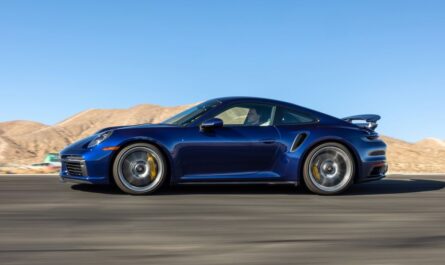The Unconventional Design of the 1980s Chrysler New Yorker
New technologies open up wide possibilities for automotive designers but also pose complex questions. How to integrate modern gadgets without losing conservative customers? Over 40 years ago, Chrysler New Yorker designers gave a very unconventional answer to this, creating one of the strangest interiors in the history of the auto industry.
The model appeared back in the 1950s, but the 1983-1987 version was built on an extended K-car platform. Despite attempts to preserve the predecessor’s status with faux leather, chrome details, and other attributes of luxury, the new model became 420 kg lighter and 510 mm shorter.
Technical Features
The car received front-wheel drive and a 2.2-liter engine with only 90 hp (a 2.6-liter unit with less power but more torque was optionally available). Acceleration to 100 km/h took almost 14 seconds – figures that were considered acceptable at the time.
The most impressive thing about this car was not its slow acceleration or braking problems, but its incredibly strange dashboard and center console.
An Office on Wheels
The interior combined digital instruments, an onboard computer, and voice warnings with a design inspired by office furniture. The dashboard imitated a wooden desk, and the center console resembled a cabinet with drawers. In reality, these were lids that opened to reveal storage compartments.
Such a design became a kind of symbol of the era but quickly went out of fashion. The last time a similar New Yorker was auctioned was three years ago for $6,100. Today, it’s hard to imagine any manufacturer repeating this experiment, even if Warren Buffett himself, whose style may have inspired the designers, remains a business icon.
This car became a kind of time capsule that demonstrates how perceptions of luxury and technology have changed. Today, such solutions look eccentric, but they help us understand the evolution of automotive design and buyer expectations. Against the backdrop of modern minimalist interiors, the New Yorker with its “office” cabin looks particularly expressive.


 by
by 
